Be ready for the most exciting spider monkey facts for kids including spider monkey diet, distribution, reproduction, and species. Spider monkeys are the New World Monkeys that are associated with the genus Ateles. These types of monkeys belong to the family of Atelidae. Spider monkeys are known to reside in the tropical rainforests of Central and South America, ranging from Mexico to Brazil. One of the seven species of spider monkeys named brown spider monkey is listed as critically endangered species. These mammals are usually found at the upper layer of rainforests and are known to forage in high canopy from 25 – 30 meters (82 – 98 feet).
These species predominantly feed on fruits but will also eat insects, leaves, and flowers. They are sociable animals but they prefer to dwell in unperturbed rainforests. According to latest meta-analyses, the spider monkeys are the most intelligent New World Monkeys. They are capable to generate a sound of bark which is an indication of predators. Spider monkeys also serve as an important source of food and are extensively hunted by the native people. Another foremost cause of their rapid population decline is the habitat loss due to land clearing and logging. They are also prone to malaria according to a laboratory study.
Interesting Spider Monkey Facts For Kids
- Of all the New World Monkeys, spider monkeys are by far the largest species; the black-headed spider is the largest species among spider monkey species with the weight up to 10.8 kg (24 lb) for males and 9.66 kg (21.3 lb) for females.
- These monkeys have unsurprisingly long limbs that allow them to climb over the trees with ease.
- The prehensile tail of spider monkeys measure around 89 cm (35 inches). There is too much flexibility in its tail.
- The spider monkey’s arms tend to drag on the ground while it walks. Unlike other monkey species, spider monkeys employ their tail to maintain their balance while walking.
- They have long and curved fingers.
- The hands and feet of these mammals are normally black. They have no hair on their faces.
- With its submissively lithe nature, spider monkeys are only second to the gibbons in this respect.
- Spider monkeys are also found in groups comprising 15 – 25 individuals. These groups are further divided into subgroups consisting of 2 – 8 individuals. However, the average size of the group consists of only 4 monkeys.
- They employ nonverbal signals to communicate with each other including different postures and stances.
- They are not sociable animals and whenever a human tries to approach them they will bark in a loud voice.
- Spider monkeys are strong enough to break the 4 kg dead tree limb.
- They sleep the whole night in particular trees.
- The average lifespan of these monkeys is about 20 – 22 years.
- The spider monkey group is known as Troop.
 What Do Spider Monkeys Eat
What Do Spider Monkeys Eat
Spider monkey is an omnivorous species. The bulk (90 percent) of the spider monkey’s diet is composed of fruits and nuts. They can afford to rely on fruits and nuts only for their consumption. Spider monkeys are known to eat insects, honey, bird eggs, leaves, spiders, and bark. They have a distinctive way of securing food in that the females are responsible for finding food sources.
Where Do Spider Monkeys Live | Spider Monkey Facts For Kids
Spider monkeys inhabit all throughout the tropical rainforests of Central and South America. Some of these species also reside as far as Mexico.
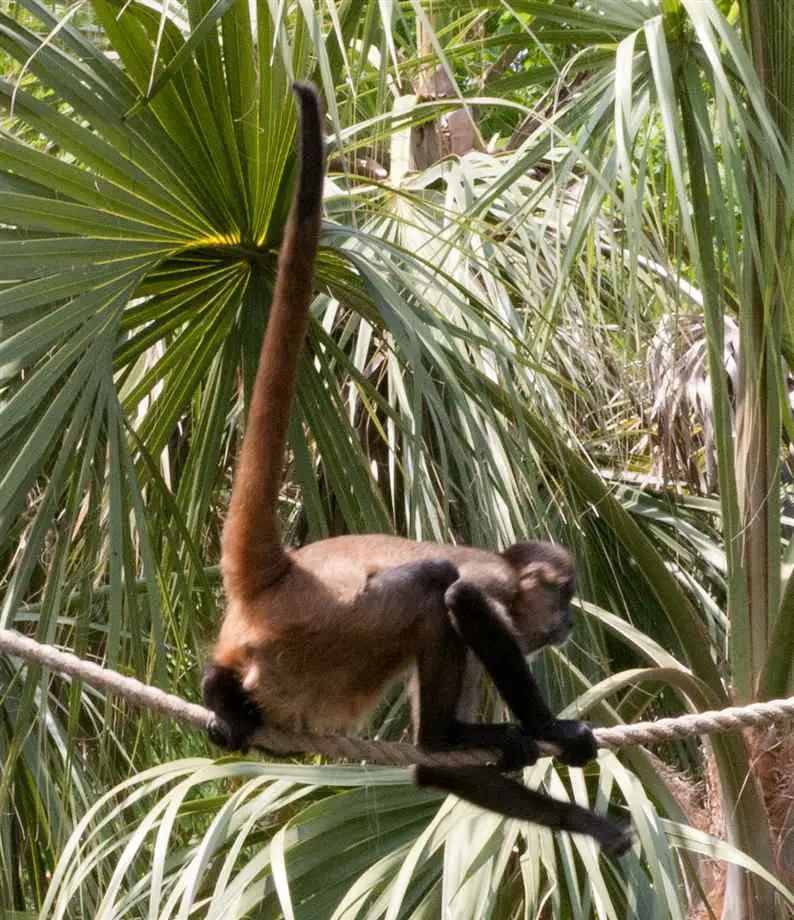 Reproduction
Reproduction
The gestation period lasts for about 232 days. The female litter only one offspring after every 3 to 4 years. The infants depend on their mother for at least 6 – 10 months. The females are responsible for raising their offspring.
Species
Ateles belzebuth
Ateles chamek
Ateles hybridus
Ateles marginatus
Ateles fusciceps
Ateles geoffroyi
Ateles paniscus


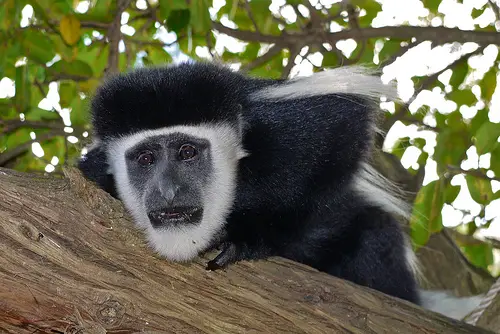
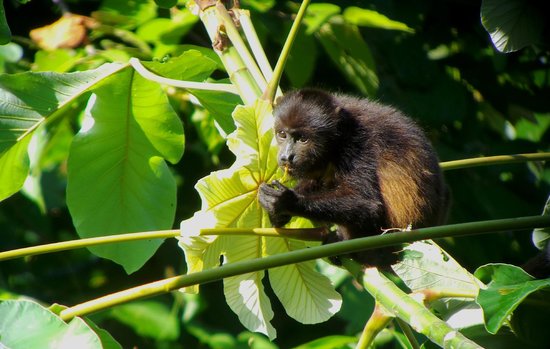

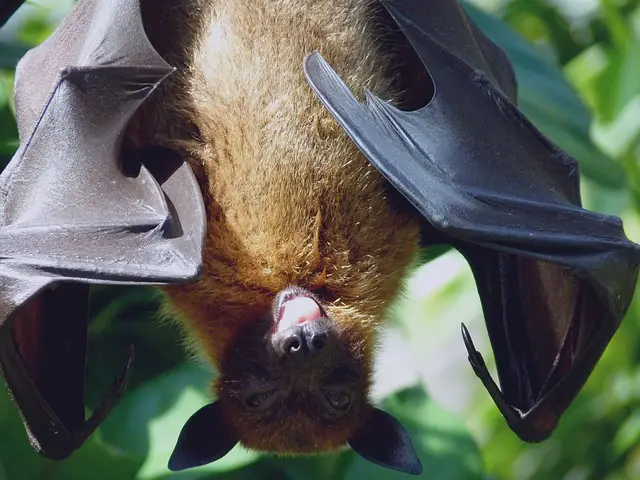
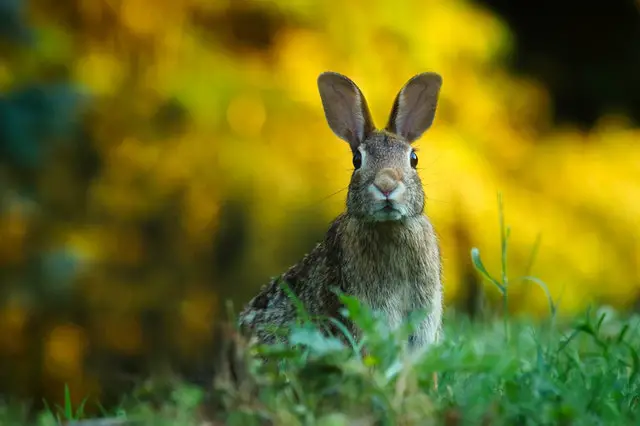

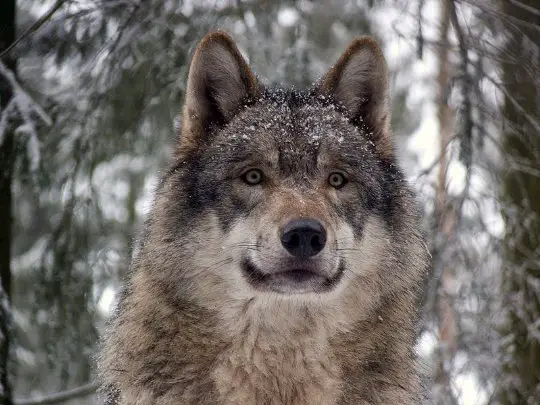
gooooooooooooooooooooooood
best web site ever tell me more about spider monkeys :::::::::::::::::::::::::::::::::::::::::::::::::::::::::::::::::::::::::::::::::::::::::::::::::::::::::::::::::::::::::::::::::::::::::::::::Hhhhhhhhhhhhhhhhhhhhhhhhhhhhhhhhhhhhhhhhhhhhhhhhhhhhhhhhhhhhhhhhhhhhhhhhhhhhhhhhhhhhhhhhhhhhhhhhhhhhhhhhhhhhhhhhhhhhhhhhhhhhhhhhhhhhhhhhhhhhhhhhhhhhhhhhhhhhhhhhhhhhhhhhhhhhhhhhhhhhhhhhhhhhhhhhhhhhhhhhhhhhhhhhhhhhhhhhhhhhhhhhhhhhhhhhhhhhhhhhhhhhhhhhhhhhhhhhhhhhhhhhhhhhhhhhhhhhhhhhhhhhhhhhhhhhhhhhhhhhhhhhhbhhhhiiiiiiiiiiiiiiiiiiiiiiiiiiiiiiiiiiiiiiiiiiiiiiiiiiiiiiiiiiiiiiiiiiiiiiiiiiiiiiiiiiiiiiiiiiiiiiiiiiiiiiiiiiiiiiiiiiiiiiiiiiiiiiiiiiiiiiiiiiiiiiiiiiiiiiiiiiiiiiiiii
this website helped me write my 4 page report on what i thought would be boring spider monkeys and now i want to learn more
You can learn more here: https://kidzfeed.com/spider-monkey-facts-for-kids/